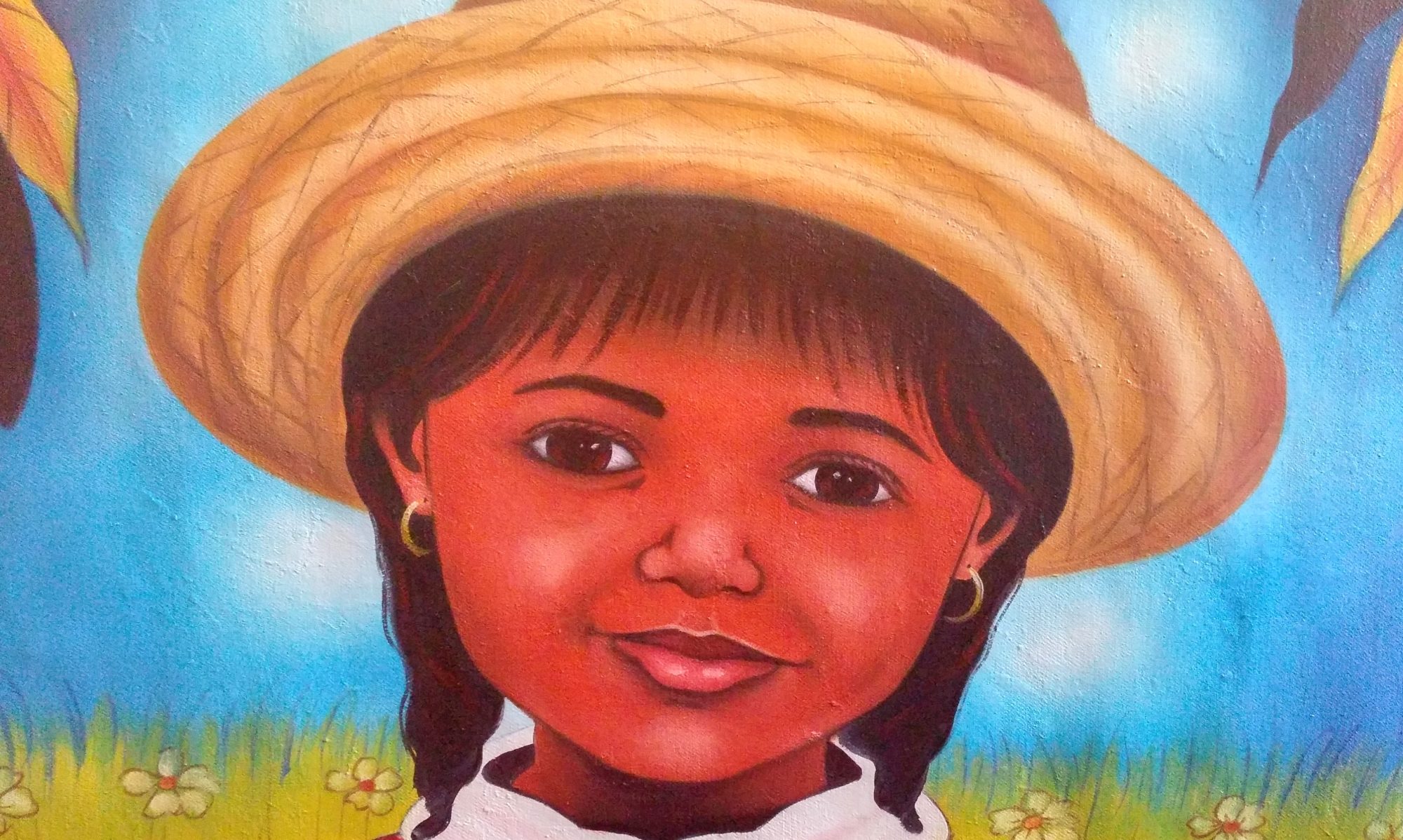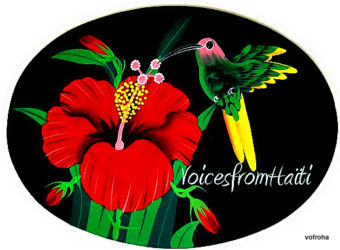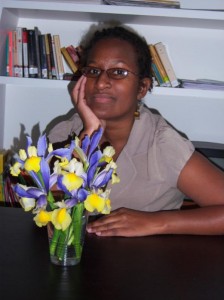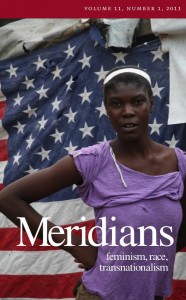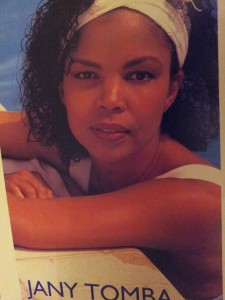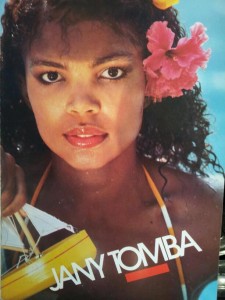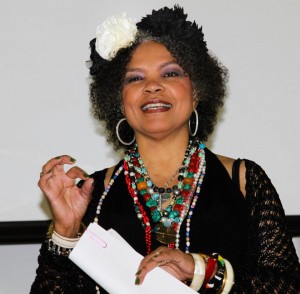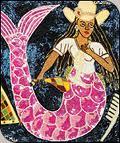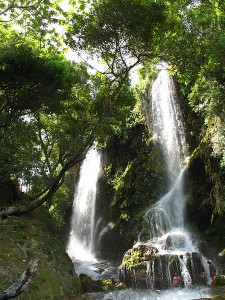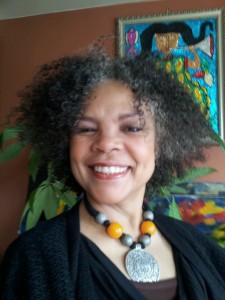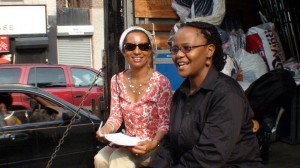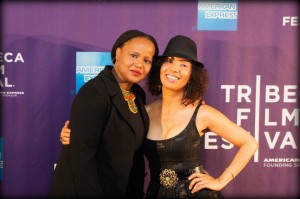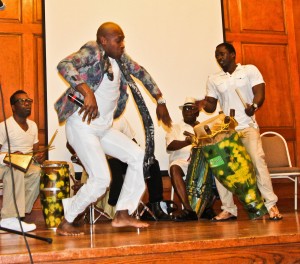
The first of three Ayiti Fasafas (Haiti Face to Face) concerts, celebrating Haitian traditional singing, drumming and dance was presented in a “Rasanble: Come Together” in Brooklyn recently.
The next will be Friday, June 22, 7:00 p.m., with “Rele Ounto: Remembering the Life and Legacy of Frisner Austin,” the master drummer, teacher and transmitter of traditional Haitian culture, who passed away suddenly in Haiti on Feb. 28. This celebration of his life will be held at Roulette, 509 Atlantic Ave. and will be in collaboration with La Troupe Makandal, the performance company Frisner directed.
The Sunday “Rasanble” event started with a music video shot in Haiti by Kongo. And then, this program brought together a wide sampling of local traditional singers including Marie Veronique Antoine, Wozna – invited from the audience, Madafi Pierre and singer/dancer Erol Josue. Sarah Dupuy, sang a Capella, mixing in some jazz, and then, playing guitar, was joined with a friend contributing hip-hop.
Arranger and performer Monvelyno Alexis, jazz singer Pauline Jean, and multi-talented Goussy Celestin stamped their approach to the traditional. This was followed by the next generation, Riva Precil playing the guitar and singing both a traditional and then an original number. Ernst Severe’s group of three Gran Chimen rounded out the styles presented.
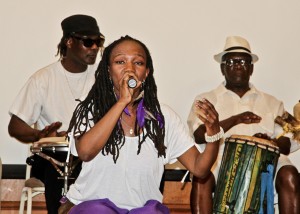
While the songs were predominately traditional, the afternoon’s music mixed in contemporary genres, revealing how the traditional can thrive alongside the current–each embellishing the other.
The singers were backed by an array of percussion talent under the direction of Jean-Mary Brignol, who plays jazz, rara, and Vodou drumming styles. Along with Evens “Zilibo” Seney and Fritz “Fito” Vivien, Edmonde “Guysot” Fortere, an elder drummer in the community, one of the first musicians to sing and record traditional music and who focuses solely on Vodou styles, performed. Mateo Chao, an active member of Fasafas, played the bell.
For over a year, members of the Haitian cultural community have been meeting with the Center for Traditional Music and Dance, a local organization working in partnership with ethnic and immigrant communities to preserve and nurture traditional performing arts. The Haitian Community Initiative of performers and cultural activists are striving to bring traditional Haitian music and dance to a wider audience. Through programs such as this series, they aim to fight negative cultural stereotypes and preserve cultural knowledge of Vodou.
The National Endowment of the Arts is the lead funder among many agencies to this initiative. One of the founding members, ethnomusicologist Lois Wilcken said that Sunday’s concert acted as a bridge, bringing together performers from different perspectives within the artistic community.
The third concert in the Fasafas series is “Rasin Ginen: The African Roots,” July 14, 7:30 p.m., presented with and held at El Museo del Barrio, in conjunction with their Caribbean: Crossroads of the World exhibition. Focusing more on dance, pioneer and master dancer Jean Leon Destine, trained in ballet and modern, who brought traditional dance to the stage, will be honored.
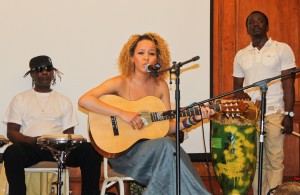
At the June 22 “Frisner Augustin” Ayiti Fasafas, a dozen different dance and drumming groups will pay tribute to the master. The free event will also have a short video, an exhibit of memorabilia displaying his awards, recordings, Vodou objects, and some of his very decorative performance shirts. The evening, co-presented with Haiti Cultural Exchange (HCX), will also hold a reception.
Haiti Cultural Exchange also has a three-part Mizik Ayiti (Haiti Music) music series coming up. Zing Experience, fusing Haitian roots, reggae and rock, creating a soulful sound, will perform on June 21 at a free outdoor performance at Putnam Triangle Plaza (Fulton & Grand). This event is also part of MoCADA’s June Soul of Brooklyn schedule. Zing band is led by Paul Beaubrun, youngest son of lead singers and founders of Boukman Eksperyans and often performs with them when they’re in town.
Later this summer, HCX’s Mizik Ayiti will showcase Belo & Obed Jean-Louis at Shape Shifter Lab on July 19 and La Troupe Makandal and Vo-dou on Aug.t 25, at Five Myles Gallery.
This article, written by Tequila Minsky. first appeared in The Caribbean Life. Reprinted here with permission from the author.
©2012 COMMUNITY NEWSPAPER GROUP
